"We can think of exploration as the spirit of studying the unknown, the act of searching, and the process of seeking answers in different ways. Pao School's exploration unit course blends the Shanghai National Curriculum natural science standards with rich thematic content. It acts as a bridge between scientific theory and practical science applications in everyday life for children."
——Mohoney Jiang
Head of Primary Exploration Unit
Recently, Pao School Year 2 students performed a series of shadow puppet plays as part of an Exploration Unit (EU) class. The students used a variety of techniques and vivid voice acting to bring the shadow puppets to life behind a translucent screen. Using a combination of both sound and lighting effects, they acted out some classic Chinese stories and learned more about the mechanics of light and shadow during the plays.
A shadow puppet play, also known as shadow play, is a kind of Chinese folk play in which silhouettes of figures made of animal skins or cardboard are used to perform stories. Pao School’s teachers recently introduced this traditional folk artform into the Year 2 EU classroom, blending Chinese culture with modern science in ways that are both culturally interesting and useful for everyday life, while at the same time developing students’ scientific knowledge and Chinese language skills.
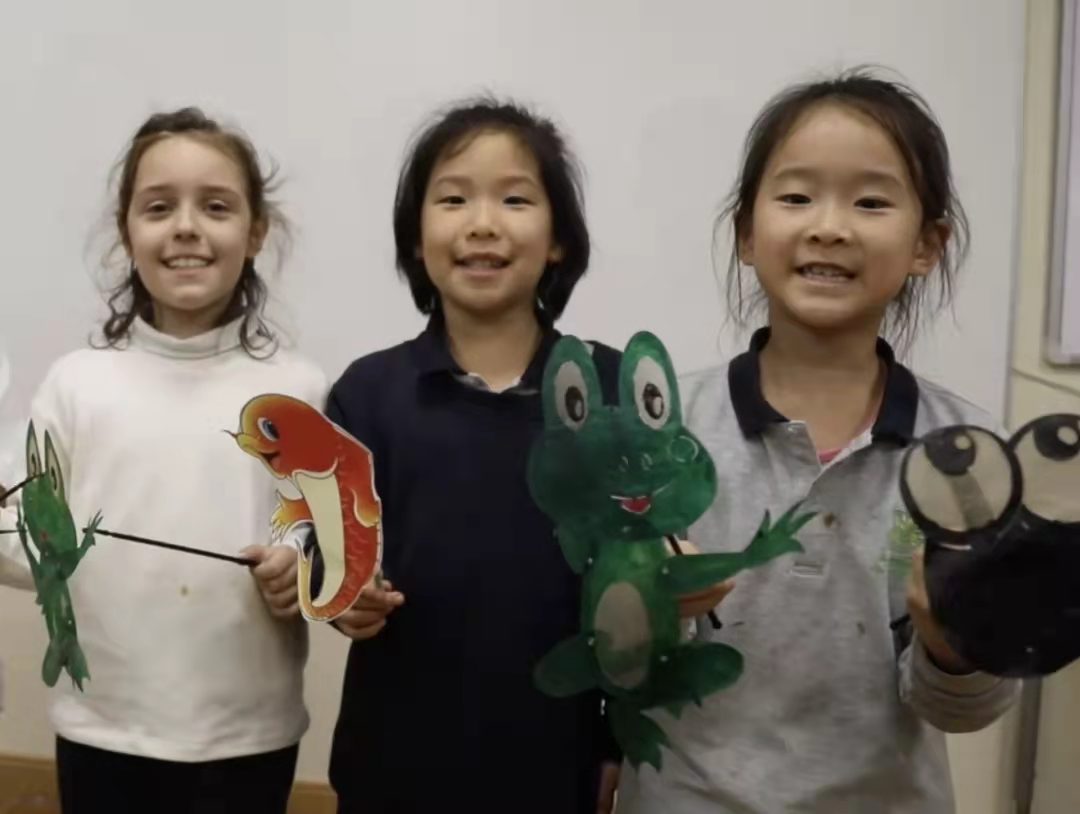
The Shanghai Natural Science Curriculum Standard guides all teaching in the Primary School. Following in-depth analysis of the Shanghai curriculum, the EU team then incorporates key concepts from the Shanghai curriculum into topics for the classes. EU is a multidisciplinary subject with learning areas that include both humanities and science. Humanities help the students develop knowledge, skills, and understanding that will enhance their sense of personal and social identity and enable them to make a greater contribution to society. Science topics help students understand natural phenomena and develop key scientific investigation skills.
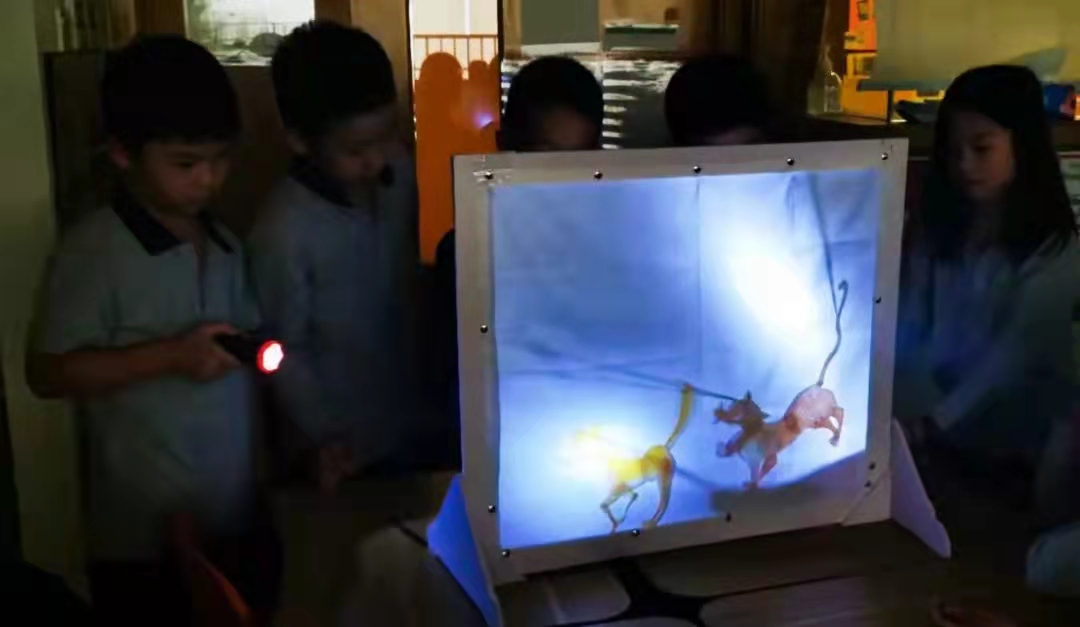
Based on the Shanghai Natural Science Curriculum, primary students are required to understand the properties of sound and light and to understand light sources. Shadow plays are the perfect way for students to study these concepts and put them into practice.
Patricia Chen, Year 2 Cohort Coordinator and Primary Teacher, notes that whenever EU starts a new unit, teachers of multiple subjects meet with the EU teachers to discuss the concepts and skills related to the unit. The learning objectives and content are then incorporated into different subject teachers’ respective teaching plans. Similarly, in the design of each unit, the EU curriculum refers to skills and knowledge taught in other subjects in the same year, so as to maximise the benefit of interdisciplinary learning.
For example, in Chinese class, the students learned the stories: "Where is Mama?" and "A Fox Masquerading as a Tiger”. Therefore, on the EU shadow puppet stage, the students interpreted scenes from these two stories. When the students were rehearsing, the teacher reminded everyone about how to perform by expressing different emotions in different tones, building on knowledge students previously acquired in Chinese class. In this way, what students learn in Chinese class is reviewed and consolidated, while they can also demonstrate their newly acquired communication skills.
Interdisciplinary learning does not stop there. In English class, the teacher also explained to the children how to put on a successful shadow puppet show. In addition, the students were given a bilingual keyword list of the Chinese and English vocabulary that needed to be mastered for the unit. This allowed students to freely explore the same topic bilingually. For students who struggled with language expression, the teacher also added two more story choices for the shadow play: "The Cat Goes Fishing" and "The Tortoise and Hare".
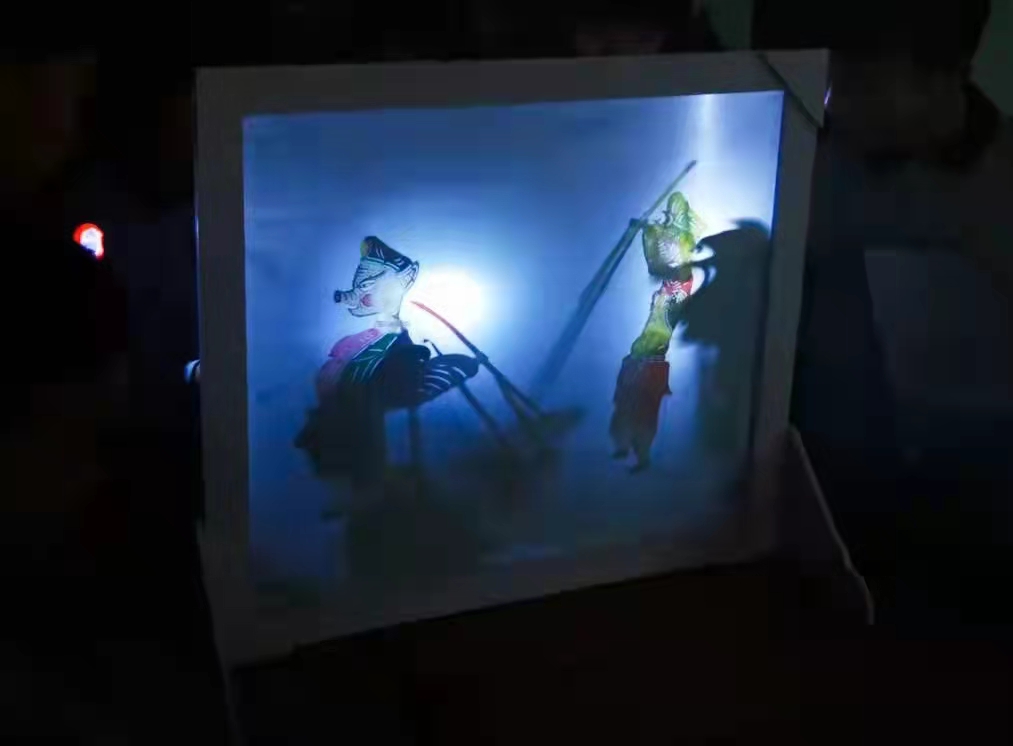
In order to promote consistency in teaching progress and evaluation standards, EU teachers hold a lesson preparation meeting at the beginning of each week. In the meeting, everyone discusses the content of the course for the next week and agree on important details for delivering the unit, such as the entry point (the first class of the unit), which knowledge they should cover, the big picture explaining the theme, subject research activities, subject recording activities, and the exit point (the last class of the unit).
The Year 2 “Turn it Up” unit focuses on topics such as: How are sounds made? How do sounds travel to the ears? How are shadows formed? Where does light come from?
In this unit, students are expected to develop three key skills, including to be able to prepare a simple fair scientific investigation, with one changing factor; to be able to predict the outcome of an investigation; and to be able to use evidence to draw conclusions. In the classroom, the teacher delivered the material in a simple and intuitive manner, allowing the students explore sound and light in different forms. After class, they completed independent research and then evaluated their own research and findings.
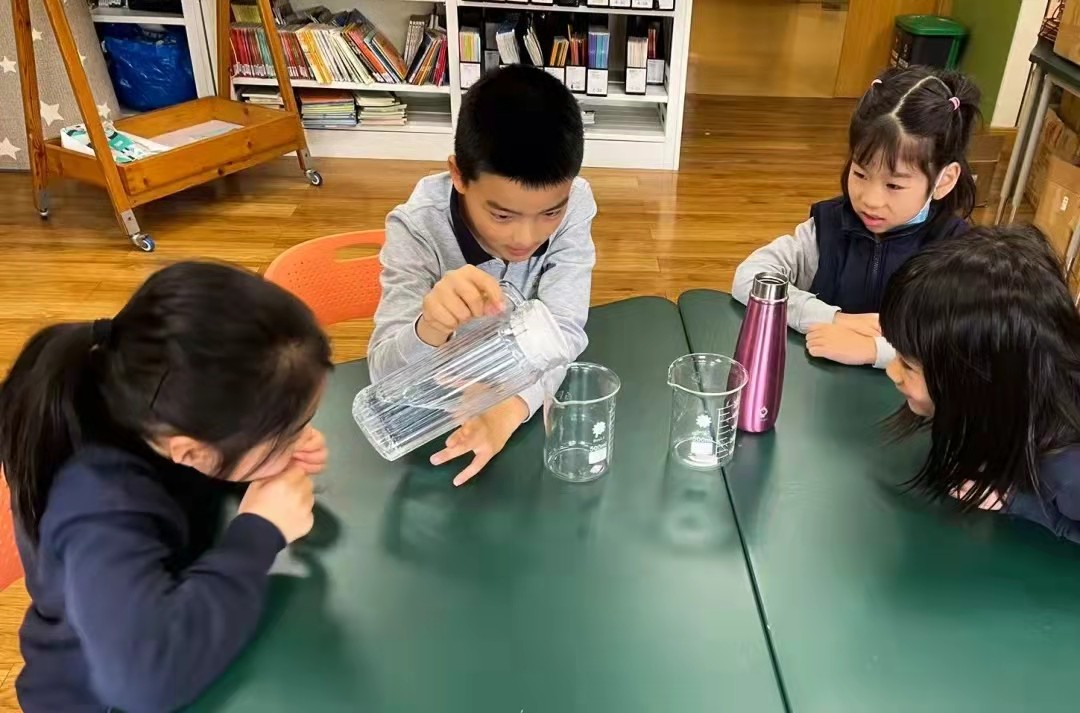
For example, the teacher and the students considered topics such as the difference between natural and artificial light sources and how shadows change under different lighting conditions. They also discussed whether during a thunderstorm at night they see lightning or hear thunder first. When teaching the students how to draw conclusions, the teachers prepared a newspaper for each student and asked them to try and figure out the number of times it can be folded.
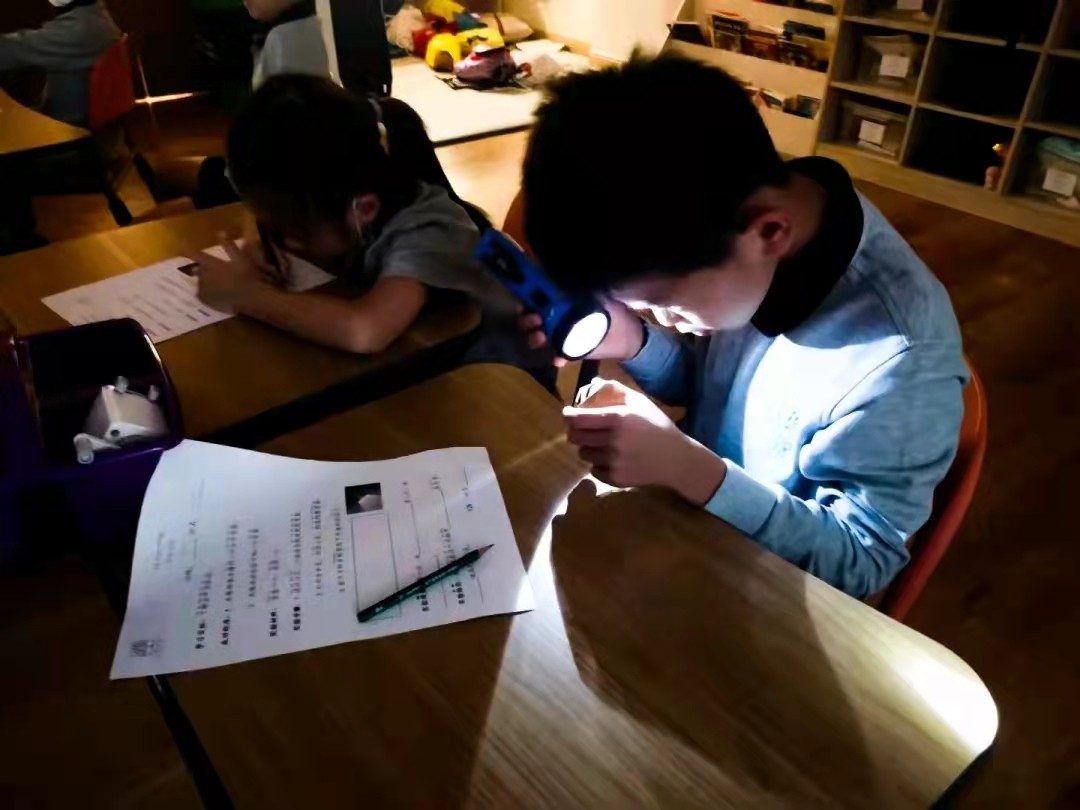
Ms. Jiang says, “The spirit of exploration is at the core of everyday learning. It can be seen in the students pride at learning how toy materials work at the Toy Awards. It can be seen in their joy at learning more about the solar system and scientific investigation methods. And now, it can be seen in the students’ newfound knowledge of sound and light in their shadow plays.”